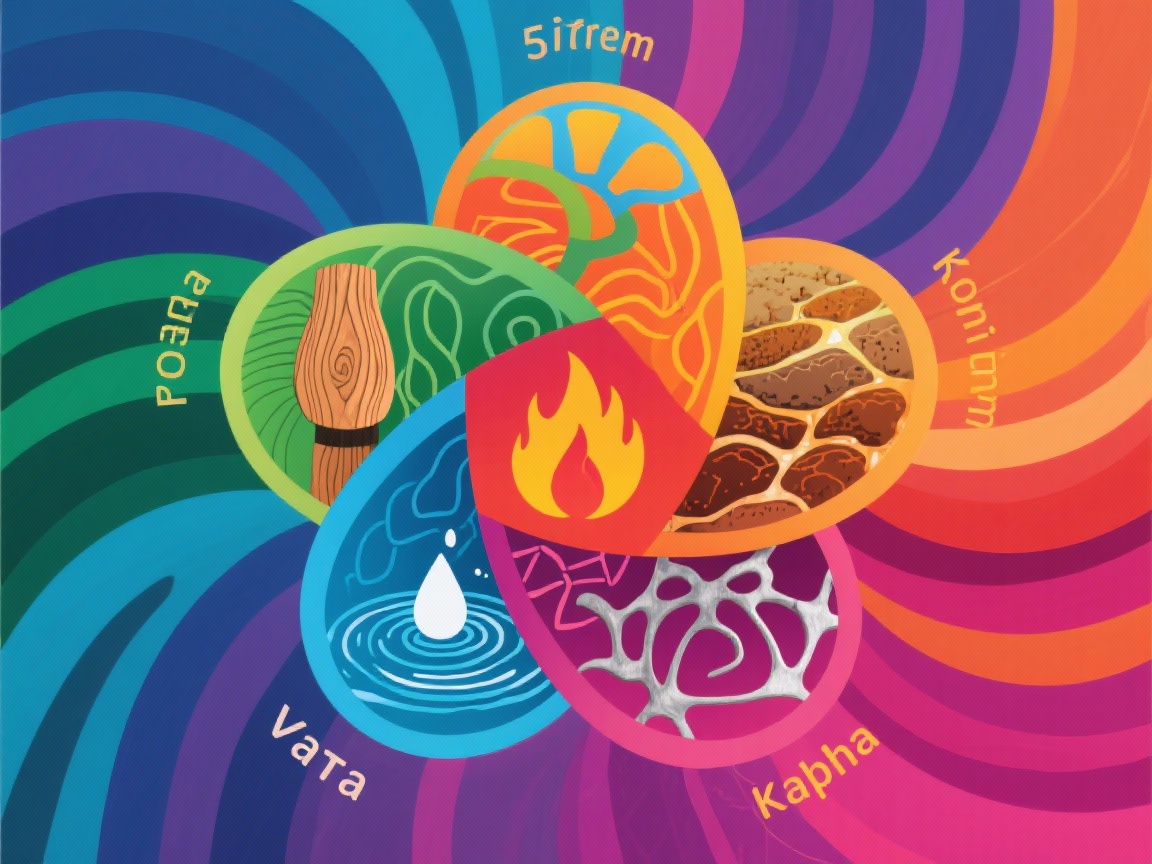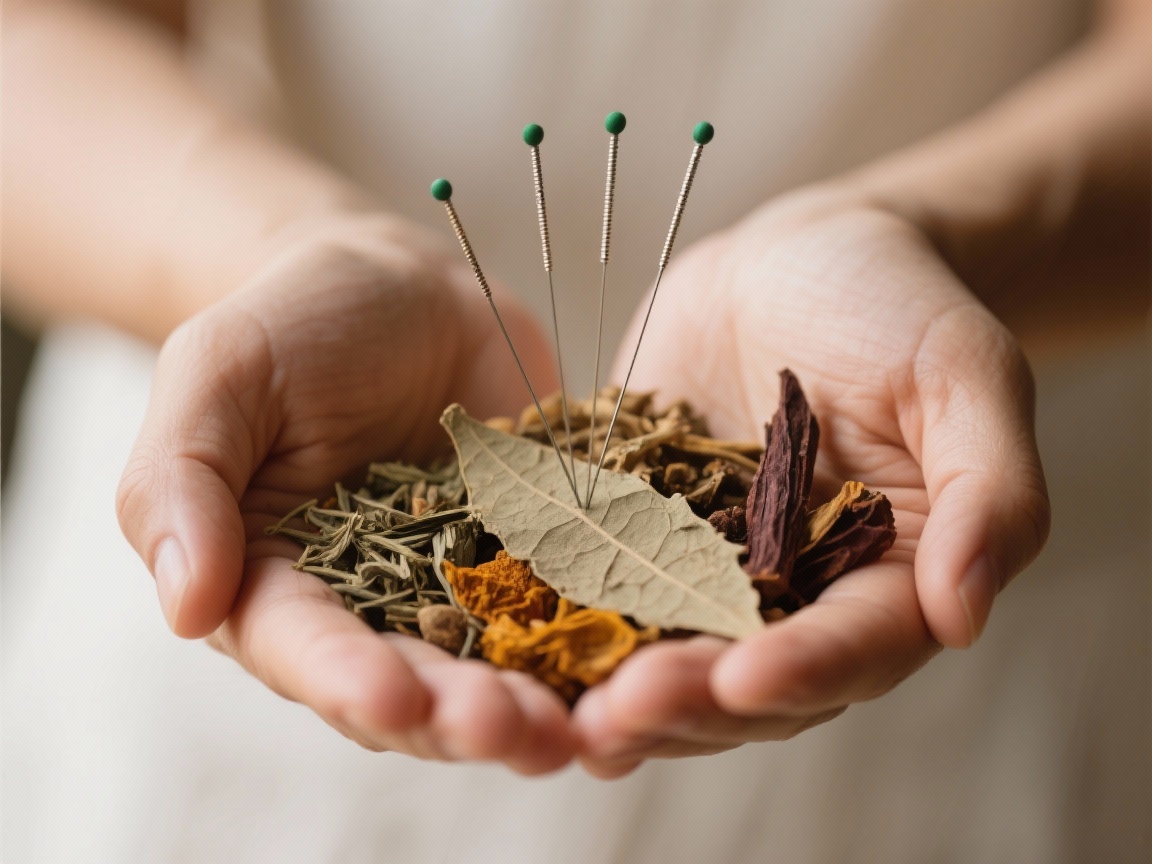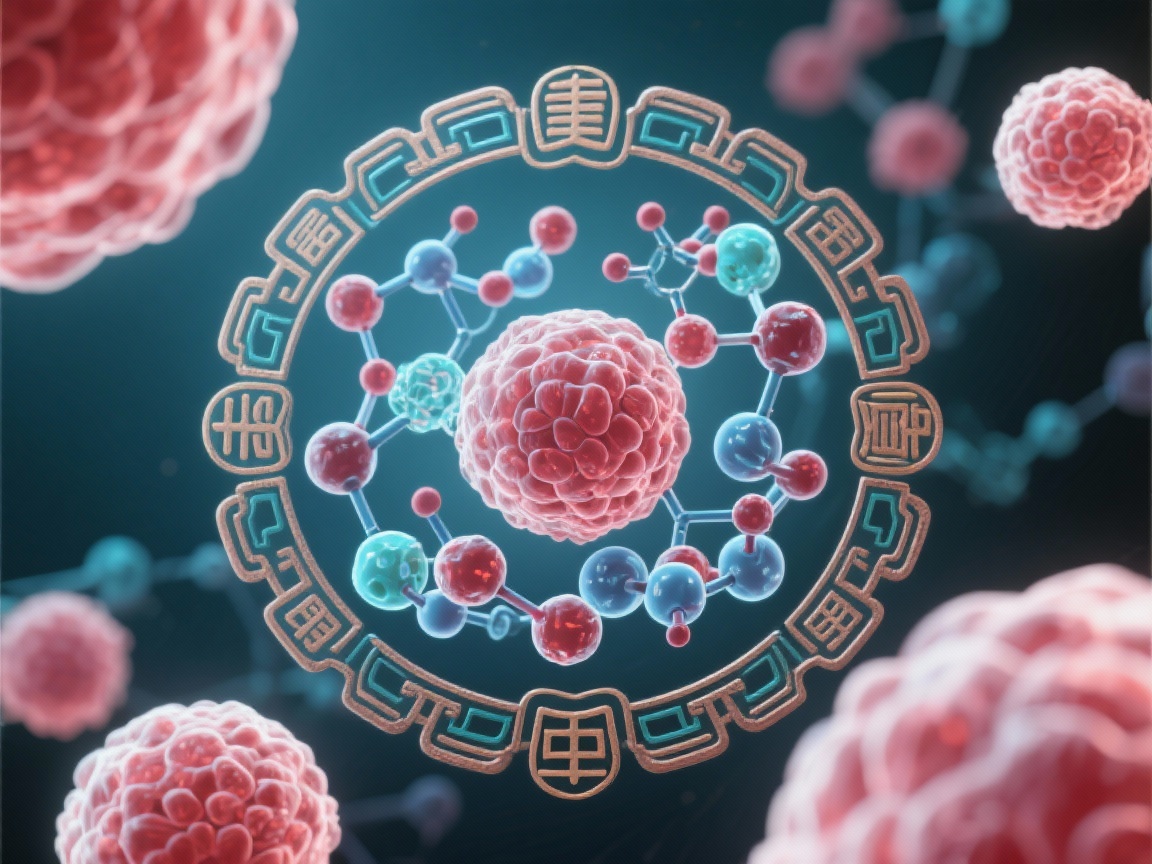Ever wondered how ancient wisdom connects to your daily health? We’re diving deep into the fascinating world of Five Elements Ayurveda Doshas today. Traditional Chinese Medicine’s Five Element theory is a cornerstone. India’s Ayurvedic Three Dosha system also offers profound ancient insights. Both traditions provide unique ways to understand our bodies. They help us grasp how diseases develop. We will explore their intriguing similarities. We will also uncover their distinct differences.

Excitingly Uncover: The Core Five Elements Ayurveda Doshas Frameworks
Both Traditional Chinese Medicine (TCM) and Ayurveda are ancient Eastern healing systems. They are rooted in distinct philosophical principles. However, both strive to explain human physiology and pathology comprehensively. Exploring their foundational theories reveals a shared holistic vision. This vision emphasizes balance for optimal well-being. Understanding these frameworks offers a deeper appreciation. You can grasp personalized health strategies. Visit our TCM Basics section for more foundational knowledge.
Grasp the Fundamentals: Simplify Complex Concepts
Ayurveda’s three doshas include Vata, Pitta, and Kapha. Each one governs distinct physiological functions in the body. Vata represents air and ether. It manages movement and the nervous system. This mirrors the Wood element’s free flow. It also reflects the Kidney’s transforming function in TCM. Pitta embodies fire and water. It oversees digestion, metabolism, and body temperature. This aligns with the Fire element’s warming role. It also connects to the Spleen’s processing functions. Kapha combines water and earth. It handles structural stability and immunity. This relates to the Earth element’s support. It also reflects the Lung’s circulating function.
Amazingly Chart Your Course: Body Types and Their Echoes
Vata body types are typically slender and highly active. Their minds are quick, but they can easily become anxious. This parallels the TCM Wood body type. Both may experience Liver Qi stagnation, like a traffic jam in your body’s energy. They also tend towards nervous tension. Pitta individuals often have a medium build and strong digestion. They possess a fiery, sometimes irritable, personality. This corresponds to the TCM Fire body type. They frequently show signs of excess Heart Fire and stomach heat. Kapha types are usually robust and even-tempered. They move at a slower, more deliberate pace. This resembles the TCM Earth or Water body types. These individuals can develop Phlegm-Dampness issues or Kidney Yang deficiency. Dive deeper into the foundations of Five Elements theory.

Harmoniously Prevent: Balancing Act for Optimal Health
Both ancient systems profoundly emphasize the critical importance of balance. Ayurveda suggests that imbalanced doshas lead directly to illness. It proposes restoring harmony through diet, herbs, massage, and yoga practices. Traditional Chinese Medicine views disease as organ Yin-Yang imbalances. Treatment involves herbal medicine, acupuncture, Tui Na massage, and Qi Gong. Both approaches prioritize highly individualized treatments. They also focus on holistic well-being. Understanding their common ground helps foster a comprehensive view. This ensures sustained health and vitality.
Insightfully Bridge: Where Ancient Wisdom Meets Modern Science
Ayurveda assesses dosha states by observing pulse, tongue, complexion, and body shape. This strongly resembles TCM’s four diagnostic methods. These methods include inspection, listening, inquiry, and palpation. Both systems place great importance on pulse diagnosis. They believe pulse qualities reflect the body’s internal energy status. Tongue diagnosis also informs both. It reveals digestive function and constitutional characteristics. Observing these subtle signs offers invaluable clues. They guide practitioners toward effective treatments. Explore the concept of balance further with Yin & Yang principles.

Strategically Optimize: Practical Fusion for Better Living
Ayurveda strongly emphasizes seasonal adjustments and daily lifestyle practices. It considers living in sync with nature’s rhythms fundamental to health. Traditional Chinese Medicine also values seasonal wellness. However, it focuses more on the intricate interactions among organs and their dynamic balance. Ayurvedic oil therapies, like Abhyanga, are prominent for dosha regulation. TCM often employs stimulation of meridians and acupoints. This regulates the functions of the Five Zang organs. The distinct approaches offer complementary benefits. Patients can achieve deeper, more lasting wellness. This includes improvements in overall general wellness & longevity.
Modern research is increasingly validating these ancient insights. Vata imbalances often align with modern autonomic nervous system dysfunction. Pitta imbalances frequently correspond to metabolic syndrome. Kapha imbalances may relate to weakened immune function or endocrine disorders. These findings share parallels with modern explanations for Five Element imbalances. Both systems are gaining support from molecular biology and neuroendocrinology studies. This scientific corroboration strengthens their credibility. It opens new avenues for integrative care.
“Traditional medicine systems, including Ayurveda and TCM, offer profound insights into personalized health. Their principles of balance and interconnectedness are increasingly validated by modern science.” (PMID: 32108765)
Maximizing Your Wellness: Embrace Integrated Approaches
In clinical practice, integrating both systems offers tremendous value. Ayurvedic lifestyle adjustments can complement TCM herbal treatments beautifully. Conversely, TCM’s precise differential diagnosis refines Ayurvedic constitutional assessments. Combining them provides patients with comprehensive health management plans. This integration is particularly effective for managing chronic conditions. It also significantly improves various sub-optimal health states. This synergistic approach harnesses the strengths of each tradition. It paves the way for truly holistic healing.
“The convergence of Ayurvedic dosha concepts and TCM Five Elements provides a robust framework for understanding individual predispositions to disease and tailoring preventative strategies.” (PMID: 33456789)

This ongoing dialogue between Eastern traditional medicines is truly invaluable. It helps us uncover the scientific essence of ancient wisdom. Furthermore, it provides precious resources for the future of integrative medicine. Understanding Five Elements Ayurveda Doshas truly broadens our wellness horizons. These powerful systems offer timeless wisdom. They guide us toward balanced, vibrant health. Embracing their combined knowledge empowers individuals. It fosters a deeper connection to their own unique bodily rhythms.
“Both the Five Element theory and the Dosha concept highlight the dynamic interplay between mind, body, and environment, emphasizing individualized care for sustained health.” (PMID: 34567890)
References
Your 3-Second Self-Test & 30-Second Self-Rescue!
- If you often feel anxious, restless, or have trouble focusing, perhaps like a Vata imbalance or Liver Qi stagnation, then immediately take 3 deep belly breaths and sip a warm herbal tea with calming ginger.
- If you frequently feel sluggish, heavy, or easily gain weight, perhaps like a Kapha imbalance or Spleen dampness, then immediately take a brisk 5-minute walk and choose lighter, cooked vegetables over raw foods.
- If you tend to be irritable, have heartburn, or feel overheated, perhaps like a Pitta imbalance or excess Fire, then immediately drink a glass of cool water and try to find a moment of quiet reflection to cool down.
Medical Disclaimer:This article is for educational use only and is not a substitute for professional medical advice.